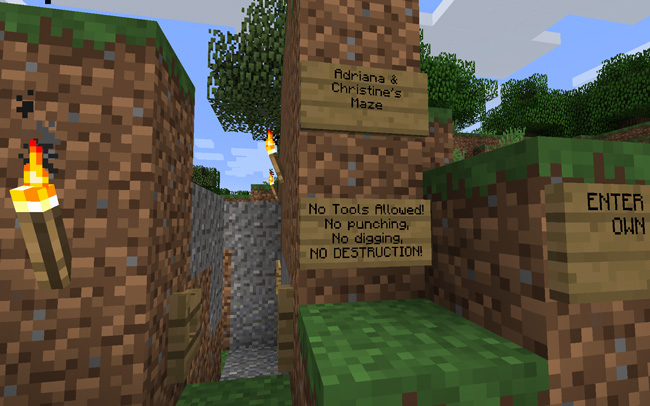Bill Moseley, Ph.D.
Leadership & Innovation in Education and Technology
MALT - Cognitive Tools
Cog. Tools Description
One of the three learning paths in the MALT program, the Cognitive Tools track is composed of three distinct courses:
In this course, students explore the intersection of learning theory and technology through a series of projects, both collaborative and personal. This course serves to establish a strong foundation in theory, upon which students can develop their work throughout the rest of the program.
Latest SyllabusStudents shift their focus to their own personal and professional growth, deepening their understanding of critical relationships in their workplace context. This course includes personal reflection and assessment of students' own leadership strngths and weaknesses.
Latest SyllabusIn this last class in the Cognitive Tools track, students prepare their own "launch" into the world of instructional technology and leadership. Topics include marketing, social media, grant writing, and the development of a professional image. This course is highly personalized, and is designed to support each individual student as they answer the question, "What's next?"
Games and Learning
In the Cognitive Tools classes, we frequently study video games as both platforms for learning, and as models of learning theory in practical application. In the Fall of 2015, we held class in Minecraft, where students worked collaboratively to design a game withi the game, leveraging the tools in Minecraft to produce and experience challenges that required them to introduce design thinking.

Students were forced to evaluate the constraints of Minecraft (tools, materials, player abilities), and then construct a game with rules built within those limitations. This project forced students to think creatively, and theink about issues such as design and user interaction.

Ethnography of a CoP
In the Ethnography of a Community of Practice project, students are required to join a Community of Practice as an ethnographer, with the goal of deepening their own understanding of CoPs through observation of a real, living CoP.
The deliverable is a multimedia presentation or video that illustrates the aspects of their CoP that meet the definitions of a CoP. Their definition is based on the work of Etienne Wenger, and has also been discussed in the context of CPSquare.org, the Community of Practice on Communities of Practice.
Learning in a Virtual World
MALT students have been involved with the exploration of cutting edge technologies for the life of the program. One example of this is our use of the Virtual World, Second Life, in 2005-2008.

In a student project featured in the education section of the NY Times, students constructed virtual interactive exhibits representing each of six aspects of right-brain thinking from Daniel Pink's A Whole New Mind. Students presented their work in Second Life, and Daniel Pink was kind enough to attend the presentation, sticking around afterward for one of our traditional Virtual Hot Tub (Paper and idea pioneered by Linda Polin) discussions.


